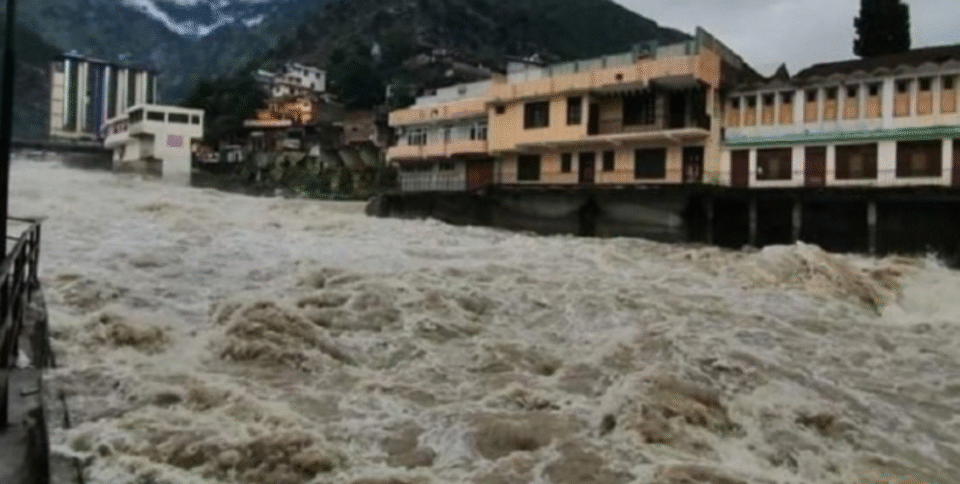Islamabad, July 25 – At least six people have died and several remain missing following cloudburst-triggered flash floods in Pakistan-occupied Gilgit-Baltistan’s (PoGB) Diamer district, while other regions across Pakistan, including Punjab and Rawalpindi, also reel under severe monsoon impact.
PoGB government spokesperson Faizullah Faraq confirmed that the body of another tourist was recovered from Babusar valley on Thursday, bringing the death toll in the region to six. Rescue operations continue for those still missing, especially in remote mountainous terrain where access remains a challenge.
The floods have ravaged villages in Ghanche district, including Kandos and Sikarkoi, damaging dozens of homes, religious sites, farmland, and infrastructure, Dawn reported.
In a separate incident in Rawalpindi, rescue teams recovered the body of retired Colonel Ishaq Qazi, who had gone missing last week after his car was swept away in floodwaters. His 25-year-old daughter remains untraced, as rescue operations near Soan River enter their fourth day.
Authorities revealed that the car, a grey Honda, stalled during heavy rainfall. As Colonel Ishaq attempted to restart it, rising floodwaters overpowered the vehicle. Rescue 1122 teams have since recovered fragments of the car from the riverbank.
Elsewhere in Punjab, monsoon rains have killed over 60 people within a 24-hour period, prompting emergency declarations and the imposition of Section 144 in multiple districts.
In Attock, 40 people were dramatically rescued from a canal in Shinka village as water levels in the Indus River surged. The five-hour-long rescue operation was conducted under the supervision of District Emergency Officer Ali Hussain, according to Rescue 1122.
Meanwhile, protests erupted in Rawalpindi’s Grand Trunk Road after a 17-year-old drowned in a nullah and his body remained unrecovered. Locals blamed authorities for “inaction and incapacity” after repeated unsuccessful rescue attempts.
Monsoon rains from June to September routinely bring deadly flooding and landslides across Pakistan, but the intensity and frequency in recent years have underscored the escalating climate vulnerability of the region.

